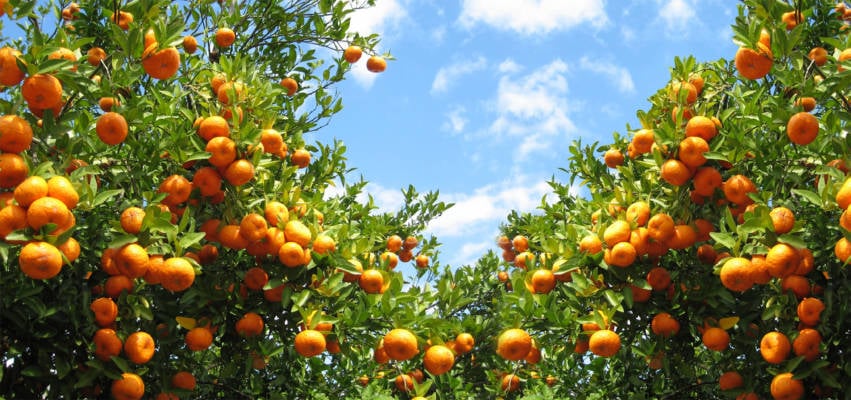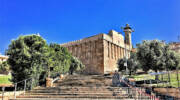Being the tallest, more prominent or most attractive is not always that important. Very often the quiet, simple “little guy” is the greater person.
By: Rabbi Ari Enkin, Rabbinic Director, United with Israel
This week’s Torah portion (in Israel!) is “Behar” (Leviticus 25:1–26:2). It is the shortest Torah portion in the Book of Leviticus and one of the shortest in the entire Torah.
The reading opens with a reminder that God spoke to Moses on Mount Sinai and then turns our attention to one of the many agricultural laws applicable only in the Land of Israel: Shmita, the Sabbatical Year. Every seven years we are required to let the land lie fallow. For six years we can work the Land of Israel and reap its produce, but in the seventh year, the land must rest.
Rashi, the most famous commentator on the Torah, asks why the encounter on Mount Sinai is mentioned “in the same breath” (so to speak) as the mitzva (Torah commandment) of Shmita. What does one thing have to do with the other? All the mitzvot of the Torah were given Mount Sinai. Why specifically mention the Shmita year?
Among the many answers to this famous question is that Mount Sinai is not an impressive mountain. It is not very tall, nor is it situated in a particularly attractive location. There are so many more outstanding mountains in the Land of Israel that God could have chosen – Mount Carmel, Mount Tabor, Mount Hermon, and others. Why Mount Sinai?
Mount Sinai teaches us that being the greatest, biggest, tallest, loudest and most attractive is not always that important. Very often, the one who does not stand out is in fact the greater person. Sometimes greatness comes from the little guy.
And this is the connection between Mount Sinai (and its symbolism) and the mitzva of Shmita, according to which God commands us to refrain from working the land. Whatever grows by itself is for anyone to take. The land and its produce are ownerless. Being that everyone in ancient times survived through agriculture, the mitzva of Shmita is essentially like a factory ceasing production for an entire year and letting the entire public come take what they want!
How did people survive? What did they eat during the Shmita year?
Not to worry. God promises the Jewish people that He will take care of them if they observe His laws. We are told the people survived because the food they had during the seventh year lasted longer than it did in ordinary years. If a person usually needed four slices of bread and two carrots to be satiated at lunch, in the Shmita year he needed two slices of bread and one carrot. God blessed the sixth year to make it last during the seventh.
Just as the small, unimpressive Mount Sinai rose to prominence, so, too, a farmer’s minimal supplies could prove to be of higher value than an abundance of crops. The mitzva of Shmita teaches us that we must always trust in God and believe that whatever He has blessed us with is exactly what we need to survive.
For more insights by Rabbi Enkin on this week’s Torah portion, click on the links below:
https://unitedwithisrael.org/living-torah-a-blessing-hidden-in-a-curse/
https://unitedwithisrael.org/living-torah-why-was-a-pilgrimage-to-jerusalem-of-utmost-importance/
https://unitedwithisrael.org/living-torah-the-land-of-israel-for-the-nation-of-israel/
https://unitedwithisrael.org/living-torah-study-brings-jewish-continuity/
https://unitedwithisrael.org/pretend-youre-a-farmer/
https://unitedwithisrael.org/sabbath-for-the-land/
https://unitedwithisrael.org/behar/
MAKE THE LAND OF ISRAEL EVEN MORE BEAUTIFUL!
PLANT YOUR VERY OWN FRUIT TREES IN ISRAEL!
Farmers near the Gaza border lost family, friends and workers. Spring is here, and they desperately need help to replant the farms. Join us in blessing the People and Land of Israel.
“I will ordain My blessing for you…” (Leviticus 25:4)























